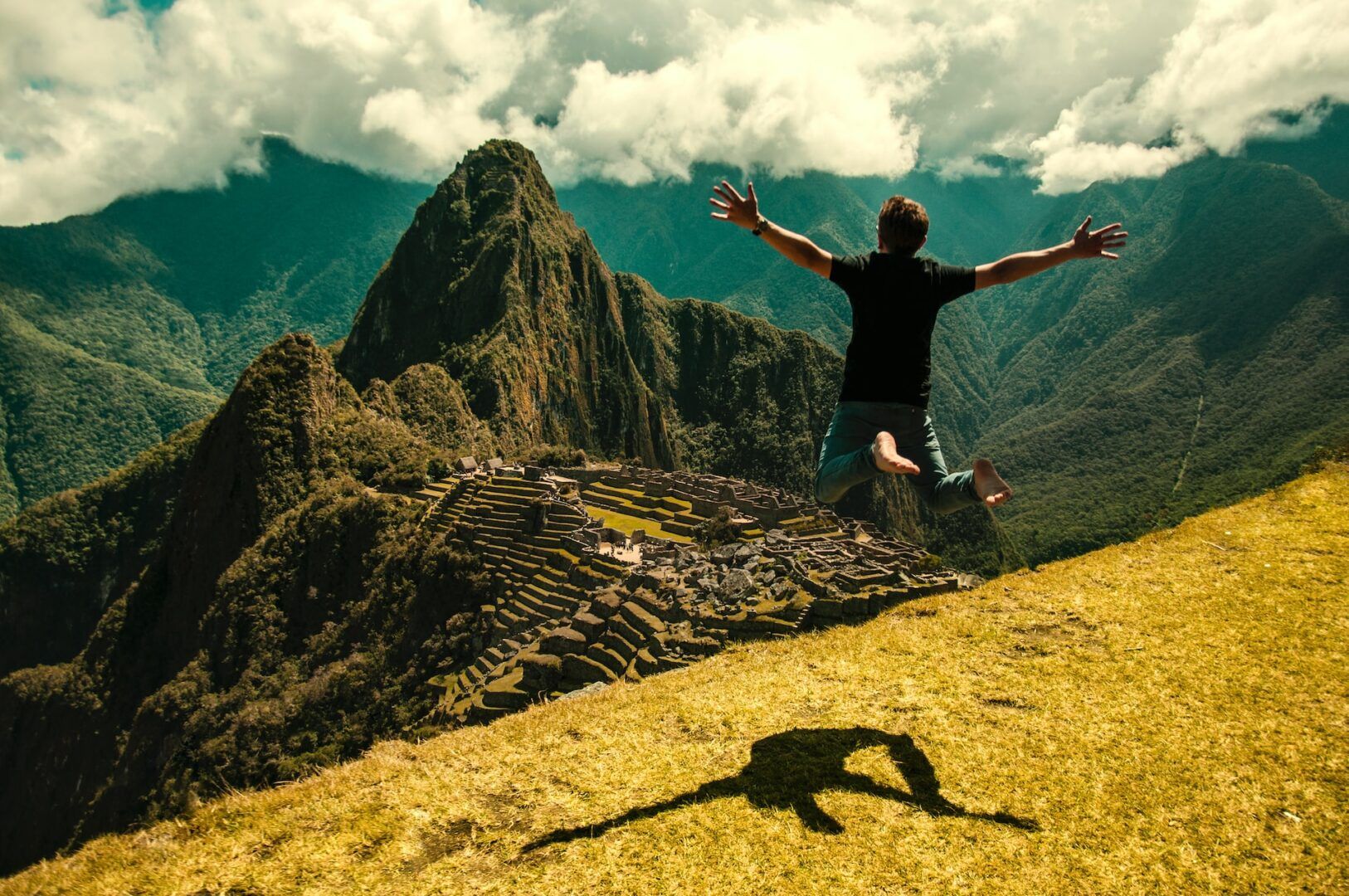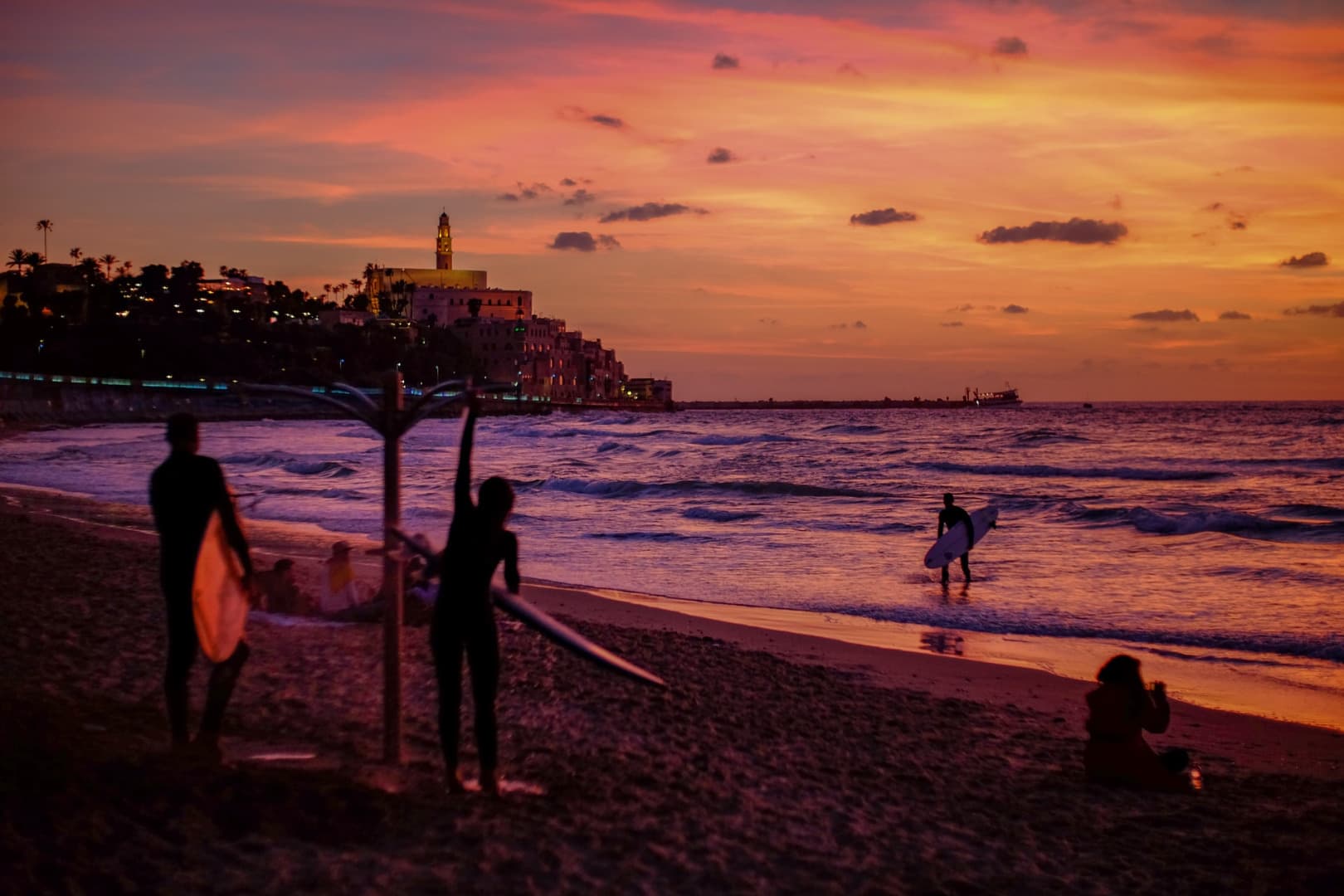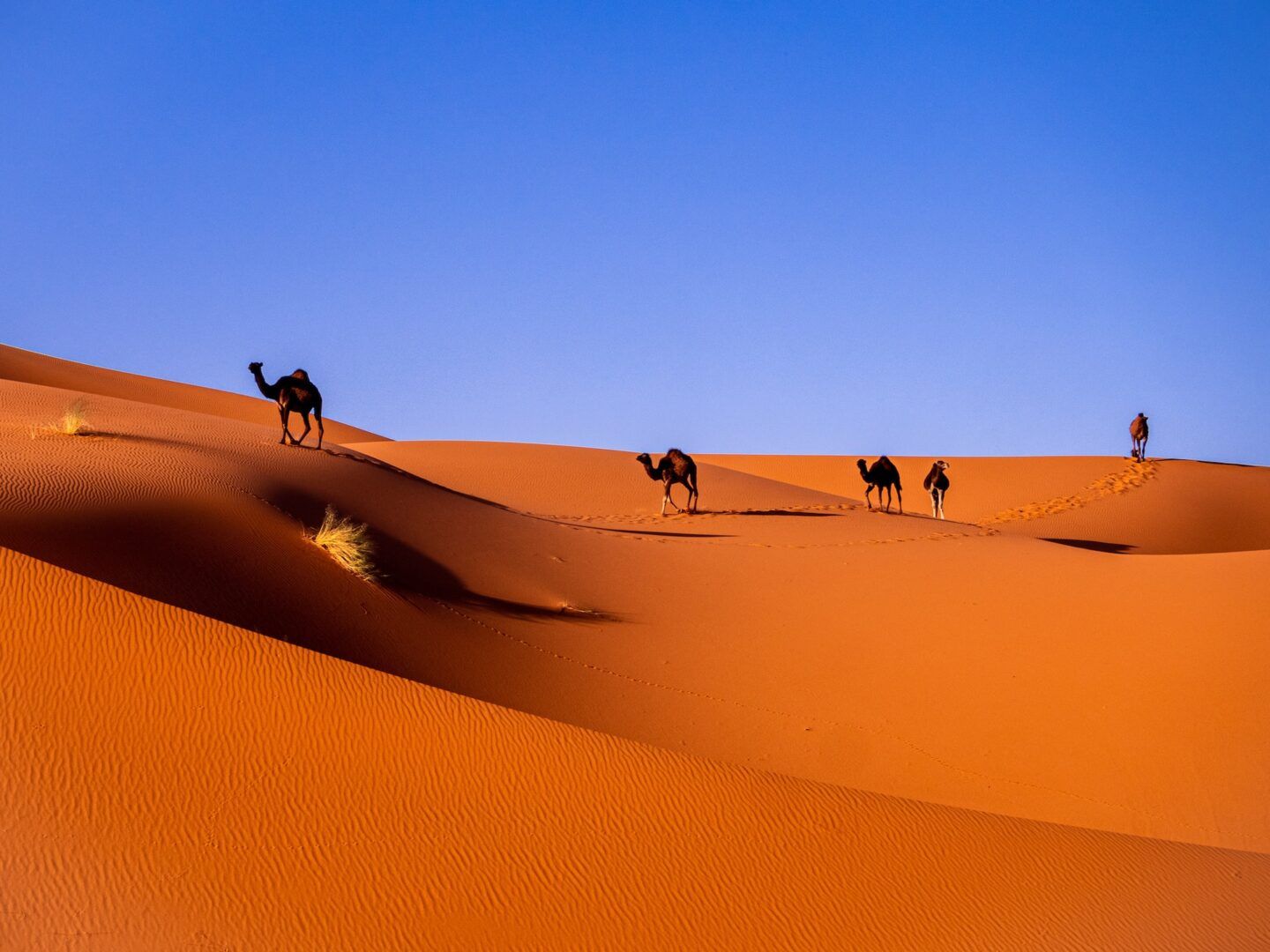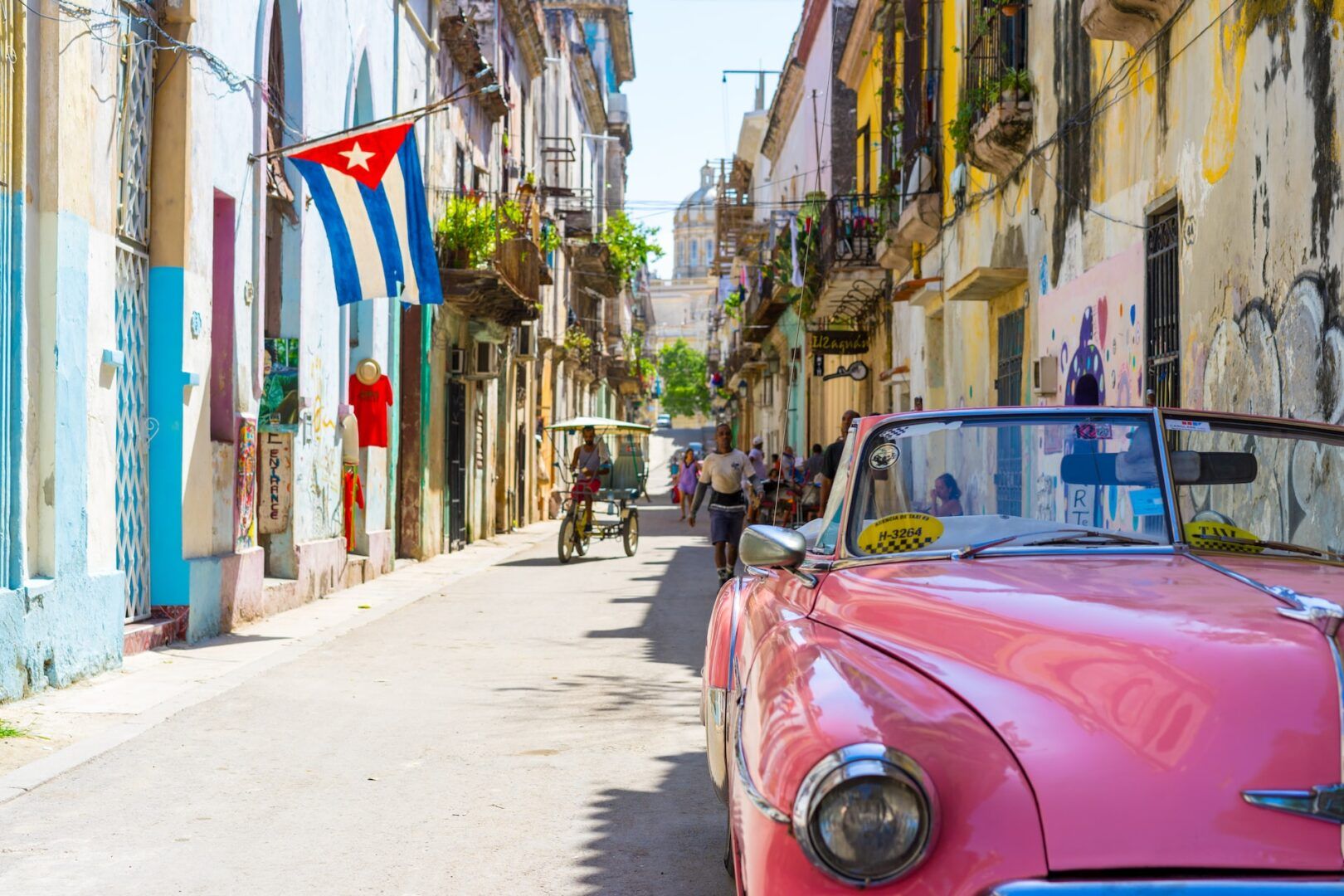

What should you see in Peru once you book your flights? With such a wide range of wonders in this South American country, making a choice can be challenging: so here we are giving you our very personal ranking of places that deserve to be seen and visited!
Peru is generally the favourite destination for the outdoorsy types with hiking and authentic culture, although in reality there are activities and excursions for everyone. The peculiarity of this country is that it presents a truly unique variety of landscapes. There are cities like Lima, Cusco or Arequipa, which have their own charm. But also the Andes, which among its high peaks guard Machu Picchu, the Colourful Mountains and Lake Titicaca. And there is the desert, with the Huacachina oasis and the mysterious Nasca lines, and let’s not forget there is the wild and inaccessible area of the Amazon rainforest.
So from so many things to see in Peru… where do we start?

Lake Titicaca and the Uros Islands
Lake Titicaca is located on the border between Peru and Bolivia and has the primacy of being the highest navigable lake in the world. It stands at no less than 3,812 metres above sea level! That should be reason enough to put it among the things to tour in Peru, right? But the world records don’t end there! It is so transparent that you can even see up to 65 metres in depth.
The mountains of the Andes chain, which can be seen on the horizon, make the landscape even more enchanting. The air purity at this altitude makes the sky clear and the colours brighter, thus rendering the panorama intense and penetrating.
Lake Titicaca is also famous for several artificial islands and islets called Uros, as well as the populations that inhabit them. The islands are built with reeds of totora, a plant that grows in the lake, like their houses and boats. Totora can also be eaten, so it is really a versatile vegetable.
PRO TIP: stay at least one night on the island of Amantani to get in touch with the local families. You will spend the evening with the community, wearing the typical clothes (colourful) and discovering what life is like every day on these islands. A unique experience that doesn’t happen every day!

Laguna 69 – Huaraz
Among the things to see in Peru, this is perhaps one of the most beautiful, although it is often surpassed by other great classics of the country, such as Machu Picchu or the Rainbow Mountains. This might be because you need a lot of breath and a spirit of adaptation to reach the enchanting Lagoon 69, given the (daily) continuous fluctuations of temperature. Once you arrive at this lake with turquoise water, all your efforts will be rewarded.
It is located in the Huascaran National Park and the trek to get up to Laguna 69 takes about three hours, while it takes two hours to descend. Considering at least an hour to enjoy the lake, the excursion is perfect for a day immersed in nature. The difficulty level is medium-high and you can organise the excursion with a tour or independently.

Huacachina
In Peru there is also a desert. It is wonderful because it seems you are in the middle of the Sahara whilst being in South America. Easily accessible from Lima, it’s perfect for a day away from the city and to discover a little-known side of Peru.
Huacachina is a village that rises near an oasis in the desert, hidden by the high dunes that surround it. Not far away is Ica, another much older desert village. It was founded in 1500 and today has about 100 inhabitants. Only for solitary people!
Once you arrive in the desert (besides snapping a hundred selfies as you walk towards the horizon to then post with the “wanderlust” caption on your Instagram feed, like all real influencers) you can devote yourself to the most varied activities. The dune buggy is pretty fun to try and, even better, sandboarding. Who would have thought that you could snowboard on sand? Well, they do it here, so you might as well give it a go!

Coloured Mountains
Rainbow Mountains, Coloured Mountains, Multicoloured Mountains, Montaña de Siete Colores… these mountains, by any other word, would look as sweet!! Vinicunca is a mountain of the Andes that is located at 5,200 metres above sea level, famous for its colours due to the overlapping of various minerals over millions of years.
The colourful mountains are among the main things to see in Peru, you will surely have seen them in the Instagram feeds of friends and influencers, but… read on before leaping to climb them!
What do you need to know before organising the trek to get to the Colourful Mountains – apart from the fact that they are absolutely worth it? Altitude will be your greatest enemy! Trekking is not difficult or demanding, being only about an hour. Walking at this altitude, however, is not a breeze and you will feel the weight of every step and breath. Don’t worry though: along the way, there are numerous horses or mules and you can continue riding.
Fun fact: these mountains did not exist until 2015 … or rather, they weren’t known. Indeed, these colours were hidden under a layer of snow and ice that has melted (unfortunately) due to climate change, bringing out this incredible natural beauty. Who knows what Greta Thunberg would scream about this!

Colca Canyon
Colca Canyon is both a scenic and a cultural beauty. This canyon was excavated over the centuries by the Colca River. It’s one of the deepest in the world – 3,270 metres, twice the size of the Grand Canyon in the USA! Three ethnic groups live here, the Kollowas, Cabanas and Ccaccatapay. They still cultivate the land as their ancestors, using the pre-Inca terraces, called Andenes. Definitely one of the best things to see in Peru!
The Mirador Cruz del Condor deserves a stop between the various panoramas and points of interest. The view opens onto a breathtaking view of the mountains and the valley and from here you can see the Andean condor, which soars between these peaks. Among the excursions, the most beautiful is certainly the one that lets you reach the sources of the Amazon River. It can last from two to three days depending on the base camp.

Machu Picchu
The queen of things to see in Peru is undoubtedly the strongest call that draws countless travellers to the South American country. The site of Machu Picchu is mysterious and fascinating, a UNESCO World Heritage Site and since 2007 one of the Seven Wonders of the Modern World. Discovered in 1911, Machu Picchu is deemed the lost city of the Inca civilisation and even today it is not fully known what its purpose was. Among the various hypotheses include a temple, an imperial residence, a reenactment of the Inca myth of creation and a way to honour a sacred landscape.
Whatever its purpose, we are grateful the Incas decided to build this city right in the middle of the Andes. And we are even happier that it is so tough to reach! Yes, because when you get there, and you lay your eyes for the first time on the famous mountain that resembles the profile of a human face, the satisfaction is even greater.
The starting point to get to Machu Picchu is the nearby town of Aguas Calientes. You can get here by private car, train, bus or on foot, walking along the Inca Trail for about three days among the Andean landscapes. Don’t miss the opportunity to do this trek because it’s one of the most beautiful in the world.
Also to reach the site itself there are two options. Choose between a very convenient shuttle that leaves from Aguas Caliente every 10 minutes or an uphill walk of about two hours. Let’s not even pretend to inform you what we recommend! Take a day to visit Machu Picchu in its entirety and do some trekking – it’s really worth it!
Discover the lost city in our all-round Peru itinerary!

Cusco
Located at an altitude of 3,300 metres above sea level, Cusco is the gateway to reach Aguas Caliente and then on to Machu Picchu. From here you can also leave and follow the Inca Trail to the lost city. This town is the ancient capital of the Incas and was declared a UNESCO World Heritage Site in 1983.
The points of interest are numerous, from the Cathedral to Plaza de Armas to the Convent of Santo Domingo; however, the atmosphere that you can breathe is magical. It almost seems to have arrived at the border, the last bastion of civilisation before plunging into the beautiful and inaccessible natural landscapes of the Andes.

Saline di Maras
Saline di Maras offers a very rare landscape and is one of the main attractions of the Sacred Valley, located about 40 km from Cusco. These salt pans are a complex salt extraction system and it is not known when it dates back to its conception and construction, although it was undoubtedly built by the Incas. Even today, the local populations exploit the system and salt, which they then sell in the village markets and is their first form of livelihood and income.
The landscape is definitely suggestive and lunar. It certainly deserves a stop and a visit to better understand the culture and the ancient traditions of the peoples who inhabit these lands. Don’t forget to add this stage to your list of things to see in Peru!

Arequipa
The white city. This is what Arequipa is called – even if white is not the only colour you see in its streets, for sure! This small town is the perfect place to get acclimated before venturing into the challenging altitudes of the Andes. Here we are at 2,400 metres and it is advisable to stop for at least two days. Your body will thank you!
What to do while waiting for your body and mind to get used to the altitude? We recommend a visit to the monastery of Santa Catalina and also a look at the Museum of Alpaca. Aren’t they our favourite animals ever? Even just walking through the streets of Arequipa has its meaning. Here you can breathe the unique charm of the colonial era and, between one pisco and another, the hours will pass quickly.

Amazon River
That’s right, part of the Amazon River flows through the north of Peru, the longest river on the planet. To be specific, the aforementioned sources are in Peru and it is possible to organise several-day excursions navigating its waters. Not bad, right? And it just had to be on our list of things to see in Peru!
The nice thing is that if you decide to take a multi-day cruise you’ll really unwind. The Amazon River is surrounded by the Amazon rainforest. The civilisation here is practically non-existent and the network is seldom there. So let’s say “tatty-bye” to cellphones, emails, messages and social media and welcome the sounds and natural landscapes. The perfect way to rediscover the lost connection with our mother earth, Pachamama, so much loved and respected in this incredible land of Peru.




